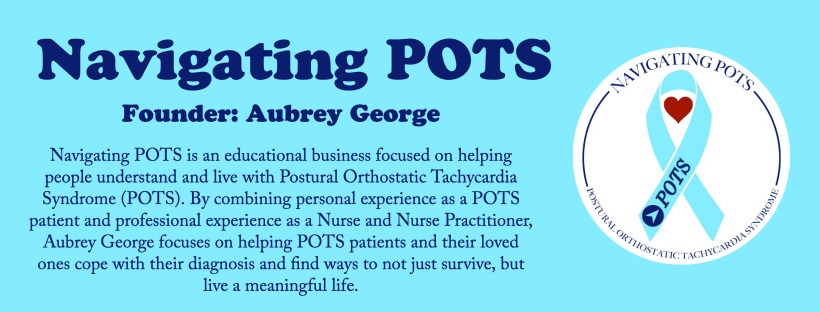Today's Blog Post is all about How to Deep Breathe! This week's Tuesday's Tip was that Deep diaphragmatic breathing can help lower adrenaline! I know this probably sounds crazy, and I didn't believe it at first either😅 But it's true! I want to provide a bit of background information in order to explain how it works! So, if you haven't already read yesterday's blog post about the Autonomic Nervous System, I would suggest reading it first! I will provide a brief summary about it in this post, but I think the full post will give helpful background information:) Either way, I like understanding how things work, because then I'm more likely to do them haha😅 Are you the same way??
The Autonomic Nervous System & POTS:
As mentioned before, I will talk more about the Autonomic Nervous System in future courses, but here's a brief summary! The Autonomic Nervous System controls most of the things that happen automatically in your body like heart rate, blood pressure, breathing, etc. The Autonomic Nervous System has 2 divisions, The first is the Sympathetic or "fight and flight" which is your stress response and the second is the Parasympathetic or the "rest and digest" part 🩺 With most POTS patients, standing up triggers a stress response! This is problematic because our body is supposed to be in "rest & digest" or the Parasympathetic response most of the time😬 A lot of medications and interventions for POTS focus on lowering the Sympathetic Nervous System or the Stress Response💊 And a lot of mindfulness exercises like deep breathing, meditation and other behaviors you can learn in therapy help trigger the Parasympathetic Nervous System which will then lower your adrenaline levels! 🧘🏽♀️ While this isn't a replacement for other treatments, they can be a very helpful addition!
Deep Breathing:
Deep, slow, diaphragmatic breathing is one of the things that triggers the Parasympathetic/Rest and Digest system and helps lower adrenaline! There is a lot of research that shows this and I have personally noticed a difference in my symptoms when I take the time to deep breathe! 🧘🏽♀️ So, how does it work? There are a lot of different recommendations for techniques, but I'll just share some of the ones that have worked for me😊
1) You can deep breathe in any position, but I think if you are trying to lower your heart rate laying down or sitting down would be best!
2) Make sure you are using your diaphragm to breathe! You can put one hand on your chest and one on your abdomen to see how you are breathing, but you want to make sure you are breathing with your abdomen instead of your chest:)
3) Breathe in (Inhale) through your nose for anywhere from 2-6 seconds and make sure your abdomen is expanding while you breathe in
4) Hold the breath for anywhere from 2-6 seconds
5) Breathe out (Exhale) your mouth for 5-10 seconds
6) Repeat this until you feel your symptoms lessen:) It might be stressful and hard at first, especially if you have been hyperventilating! But I promise it helps! And you can find a lot of helpful videos online about how to do it!





